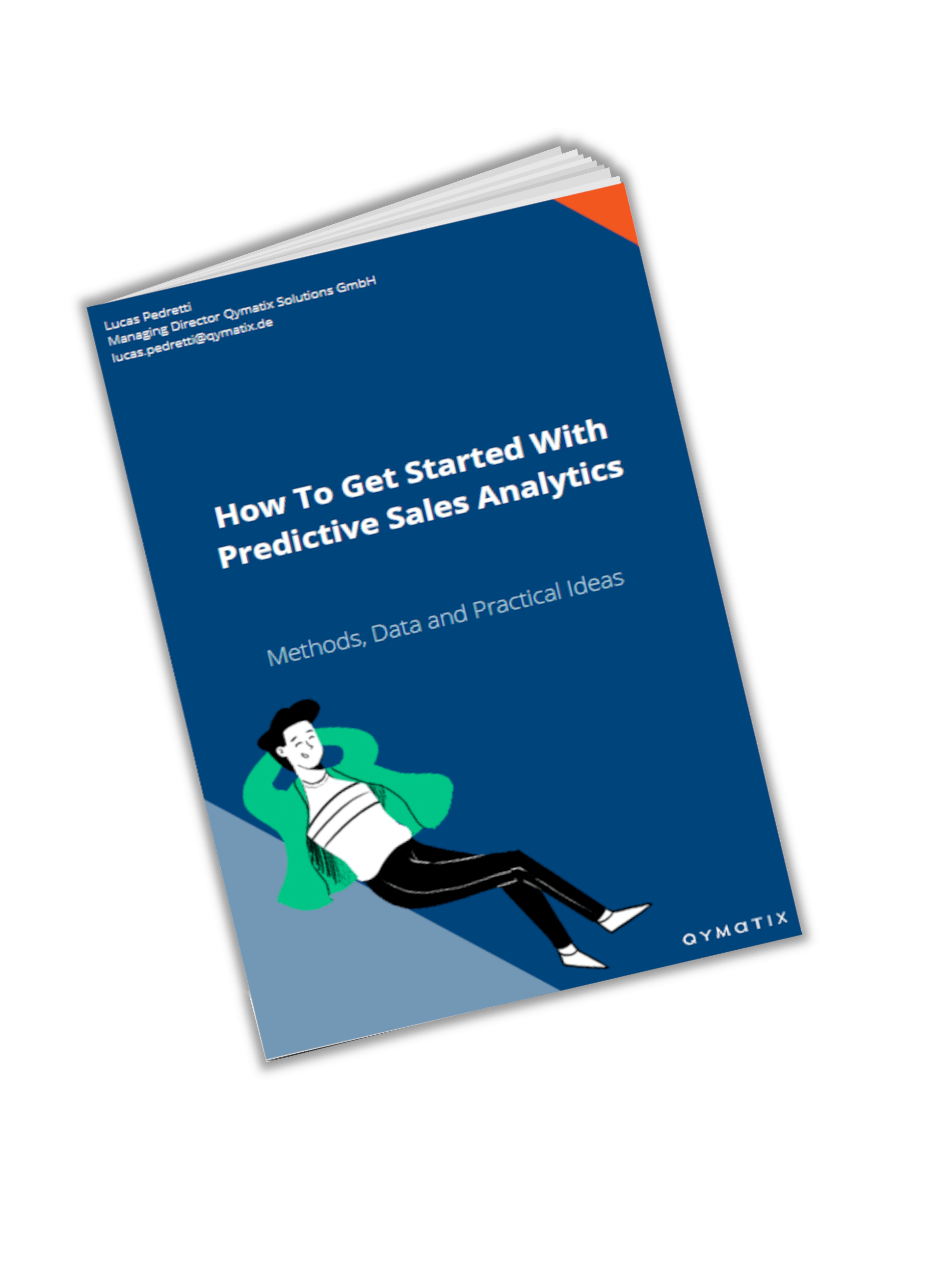B2B Sales Trends – What Really Matters

Please enter your Email address
What are essential trends in B2B sales and how to succeed in this flood of innovation?
B2B Sales is fighting an innovation race. Sales managers often have to decide whether they want to engage in a new “sales trend” or not. Which new sales channels should they consider? Which supporting IT programs implement? Which new methods are adopted and which are not?
According to Gartner, purchasing behaviour in the B2B sector is adapting to today’s fast and innovative economy. During this “big data” age of new technologies and rising customer expectations, companies should not stick for too long to old structures. In short, a stagnating company cannot survive in such a dynamic market.
Here’s our tip: define the specific goals of your sales strategy and keep them for as long as they work for you. When it comes to how you can achieve these goals, look for trends and innovations tailored to your sales situation.
What is necessary to make your sales team more efficient and successful? Which current B2B sales trends will help you to reach your goals?
We look at three current trends and tell you how you can use them for B2B sales:
1. Predictive sales analytics to increase customer satisfaction
The customer achieves satisfaction during a comparison process. They compare perceived performance (actual performance) with the expected performance (target performance). Most companies in the B2B sector no longer content themselves with an “equal sign” between the perceived and the predicted performance but want to achieve a “greater than” sign. In other words, they want to surprise the customer.
Increasingly, vendors themselves recognise before clients what they could still be missing. As a result, B2B sales teams are often under enormous pressure. They already know what the customers want.
Furthermore, it is tough to keep the overview above a certain number of customers and products. At this point, analytical software tools help to take the right measures. They evaluate ERP and CRM data and give concrete recommendations for action. In this way, sales can increase customer benefit effectively by acting at the right moment.
Online and offline experience are increasingly merging. It is therefore often tricky in sales to decide whether a customer visit is necessary or digital contact is more appropriate.
The analysis of the customer journey in combination with the evaluations of a predictive analytics software offers a possibility to increase the customer benefit purposefully without waste of resources.
2. Machine learning and AI smartly applied to big data
Sales organisations that manage to capture, evaluate and leverage existing data in the best possible way will be better able to increase sales productivity and quality. In times of Big Data, a lot of CRM and ERP data remains unused, even though these data are precious for planning sales activities.
For example, it can happen that sales managers only become aware of customers leaving when it is too late. However, the warnings signs were there, overseen by the daily job. The effect of useful data is to separate the wheat from the chaff.
Well-prepared data can answer questions such as:
“For which of the customers do I have to act quickly, otherwise I will lose them?” or “Which of the customers are highly likely to buy more products?”
Correct answers to these questions save time and money because the sales department can work more effectively and make customers happier. For this reason, we advise you to use the available data masses cleverly.
Sales managers should focus on increasing sales productivity by implementing new technologies and taking advantage of opportunities with artificial intelligence and machine learning.
Advanced analytics and machine learning algorithms gain predictive insights from past data and help the sales force with suggestions for action based on the results.
3. Digitising after-sales Services to increase customer loyalty
“After the purchase is before the purchase” – Particularly in B2B, customer care after the purchase is a critical factor in ensuring that the customer buys again.
The digitalisation of customer service enables an improved offering. Digital after-sales services range from self-analysis tools and video tutorials to automated online support, personal online support and web-based training – to name just a few examples.
However, three things are essential for digitalisation in after-sales.
1. The right set of services offered.
The composition of the services should, at the same time, serve a sustainable customer relationship as well as revenue and margin generation. Companies should, therefore, align their service offering with both customers- and profit-oriented aspects.
2. The use of past sales data to select after-sales services that are suitable for their customers.
Which services do you offer to customers who have a high repurchase potential? Which services do you provide to dissatisfied customers? Combine the analysis of your data with effective measures.
3. Don’t forget your sales team.
You should develop, test and apply new sales concepts and models not only once, but continuously. Above all, this point means convincing all involved employees of the digitisation projects right from the start.
CALCULATE NOW THE ROI OF QYMATIX PREDICTIVE SALES SOFTWARE
Countless trends in B2B sales – what really matters. – Summary
First and foremost, your own sales targets are essential. If these are clearly defined and accepted in your team, innovative trends such as customer journey analysis, new AI-supported sales technologies and Intelligently digitized after-sales measures can help you to achieve these goals efficiently.
Salespeople will increasingly have to use new technologies to act more efficiently and closer to the customer to meet the increasing demands. Nevertheless, personal selling will remain relevant when it comes to an understanding of the customer journey and building customer relationships. Artificial intelligence will not replace human interaction in sales, but it will make it more productive.
The topic “Big Data” should be used in sales for one’s advantage. Sales productivity and quality can increase enormously through the evaluation and use of existing ERP and CRM data.
Digitalisation also offers a wide range of opportunities to strengthen customer loyalty. Improved customer retention reduces the churn rate. Companies can underscore customer loyalty through the right measures at the right time after the purchase.
In conclusion, technical innovations, digitalisation and large volumes of data characterise current trends in B2B sales. If companies use these developments to their advantage, sales teams will be successful in the innovation competition.
Free eBook for download: How To Get Started With Predictive Sales Analytics – Methods, data and practical ideas
Predictive analytics is the technology that enables a look into the future. What data do you need? How do you get started with predictive analytics? What methods can you use?
Download the free eBook now.
- We will use this data only to contact you for discussing predictive sales KPIs. You can read here our declaration on data protection.


